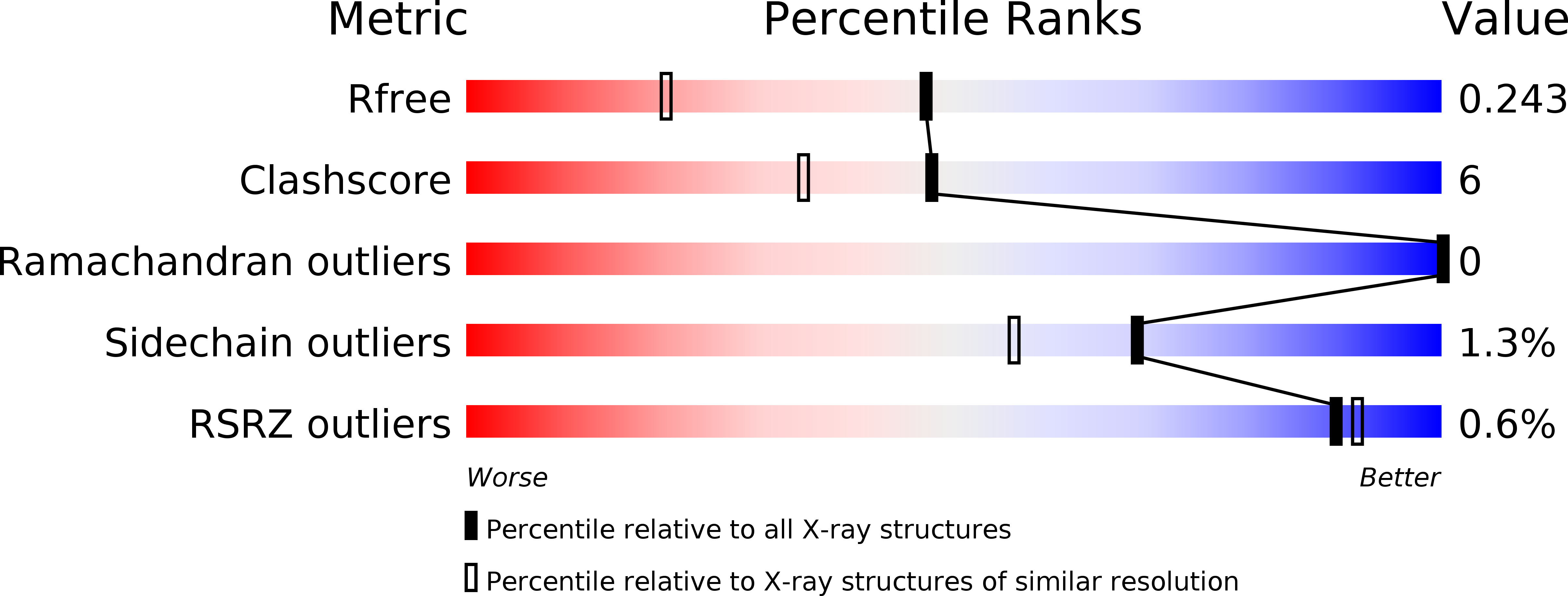
Deposition Date
2012-08-24
Release Date
2012-11-07
Last Version Date
2023-09-13
Entry Detail
PDB ID:
4GR7
Keywords:
Title:
The human W42R Gamma D-Crystallin Mutant Structure at 1.7A Resolution
Biological Source:
Source Organism:
Homo sapiens (Taxon ID: 9606)
Host Organism:
Method Details:
Experimental Method:
Resolution:
1.70 Å
R-Value Free:
0.24
R-Value Work:
0.20
R-Value Observed:
0.20
Space Group:
P 32 2 1


